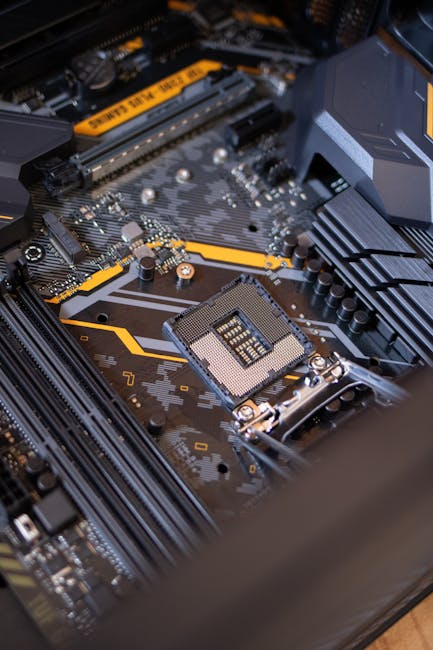In the world of optics, where precision and clarity are paramount, staying abreast of the latest reviews and analysis is crucial for professionals and enthusiasts alike. Optics reviews and analysis provide valuable insights into the performance, quality, and features of various optical devices, helping users make informed decisions and optimize their usage. In this blog post, we delve into the realm of optics reviews and analysis, unlocking a treasure trove of information that can enhance your understanding and appreciation of optical technology.
When it comes to optics reviews, experts and users alike share their experiences and opinions on a wide range of optical products, including binoculars, telescopes, microscopes, cameras, lenses, and more. These reviews often highlight the strengths and weaknesses of different products, giving readers a comprehensive overview of their performance in real-world scenarios. By reading optics reviews, you can gain valuable insights into the optical quality, build construction, ergonomics, durability, and overall user experience of various devices.
Furthermore, optics analysis goes beyond subjective opinions to provide objective measurements and data-driven assessments of optical performance. Through meticulous testing and evaluation, analysts quantify parameters such as resolution, contrast, color accuracy, distortion, and aberrations to offer a scientific perspective on the capabilities of optical systems. This analytical approach helps users understand the technical aspects of optical devices and compare their performance based on empirical evidence rather than anecdotal observations.
For those embarking on a journey to explore optics reviews and analysis, here are some practical tips to make the most of this valuable resource:
1. **Research Before Purchase**: Before investing in an optical device, thoroughly research and read multiple reviews to gather diverse perspectives and insights. Look for reviews from reputable sources and experts in the field to ensure the information is reliable and unbiased.
2. **Focus on Key Performance Metrics**: Pay attention to key performance metrics such as resolution, field of view, light transmission, and image quality when reading optics reviews and analysis. Understanding these parameters will help you assess the capabilities of different devices and choose the one that best suits your needs.
3. **Consider User Feedback**: In addition to professional reviews, consider user feedback and testimonials to gain a broader understanding of how a particular optical product performs in real-world scenarios. User reviews often provide practical insights and highlight usability issues that may not be apparent in technical analyses.
4. **Stay Updated**: Optics technology is constantly evolving, with new products and innovations entering the market regularly. Stay updated on the latest reviews and analysis to stay informed about the newest developments in the field and make well-informed decisions when purchasing optical equipment.
In conclusion, optics reviews and analysis serve as valuable resources for anyone interested in understanding and evaluating optical devices. Whether you are a professional photographer seeking the best lens for your camera or an amateur astronomer looking for a high-quality telescope, leveraging optics reviews and analysis can help you make informed choices and maximize the performance of your optical equipment. By incorporating the insights and tips shared in this blog post, you can navigate the world of optics with confidence and unlock new levels of understanding and appreciation for optical technology.







